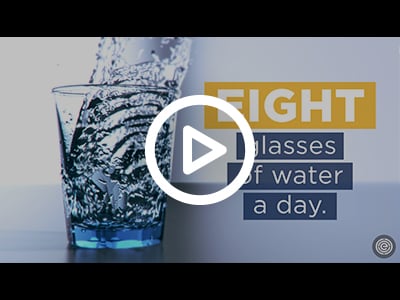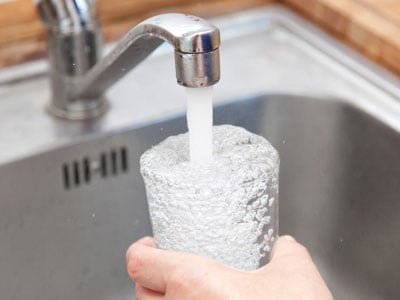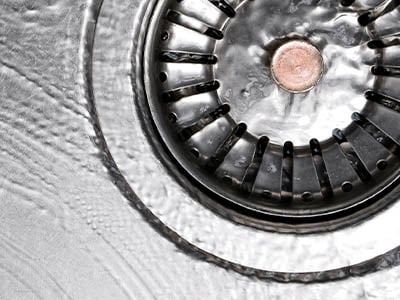Fields At Sherborn Condo Trust
EWG's drinking water quality report shows results of tests conducted by the water utility and provided to the Environmental Working Group by the Massachusetts Department of Environmental Protection, as well as information from the U.S. EPA Enforcement and Compliance History database (ECHO). For the latest quarter assessed by the U.S. EPA (January 2021 - March 2021), tap water provided by this water utility was in compliance with federal health-based drinking water standards.
Utility Details
- Sherborn, Massachusetts
- Serves: 110
- Data available: 2014-2019
- Source: Groundwater
Contaminants Detected
3
EXCEED
EWG HEALTH
GUIDELINES
3 Total Contaminants
- Legal does not necessarily equal safe. Getting a passing grade from the federal government does not mean the water meets the latest health guidelines.
- Legal limits for contaminants in tap water have not been updated in almost 20 years.
- The best way to ensure clean tap water is to keep pollution out of source water in the first place.
Looking for a countertop water filter?
Find out which filters earned EWG's recommendation
See the guideContaminants Detected
Radium, combined (-226 & -228)
Potential Effect: cancer8x EWG'S HEALTH GUIDELINERadium, combined (-226 & -228)
more aboutthis contaminant
Radium is a radioactive element that causes bone cancer and other cancers. It can occur naturally in groundwater, and oil and gas extraction activities such as hydraulic fracturing can elevate concentrations.
Radium, combined (-226 & -228) was found at 8 times above EWG's Health Guideline.
EWG Health Guideline
This Utility
Legal Limit
National Average
State Average
pCi/L = picocuries per liter
Health Risks
EWG applied the health guideline of 0.05 pCi/L, defined by the California Office of Environmental Health Hazard Assessment as a public health goal for radium-226, to radium-226 and radium-228 combined. This health guideline protects against cancer.Pollution Sources

Industry

Naturally Occurring
Filtering Options
Reverse Osmosis
Ion Exchange
Radon
Potential Effect: cancer1,800x EWG'S HEALTH GUIDELINERadon is a radioactive gas that comes from soil and groundwater, and causes lung cancer. Highest exposures come from radon entering a house through its basement or crawl spaces, or from it volatilizing in the water.
Radon was found at 1,800 times above EWG's Health Guideline.
EWG Health Guideline
This Utility
National Average
State Average
pCi/L = picocuries per liter
Health Risks
The EWG Health Guideline of 1.5 pCi/L for radon was defined by the Environmental Protection Agency as a one-in-a-million lifetime risk of cancer. Values greater than one-in-a-million cancer risk level can result in increased cancer cases above one in a million people.
Pollution Sources

Naturally Occurring
Filtering Options
Activated Carbon
Reverse Osmosis
Uranium
Potential Effect: cancer42x EWG'S HEALTH GUIDELINEUranium
more aboutthis contaminant
Uranium is a known human carcinogen. The federal legal limit for uranium is set at 30 micrograms per liter (corresponding to parts per billion), but utilities can also report uranium in picocuries per liter (pCi/L), which is a measure of radioactivity in water. EWG translated all uranium results to pCi/L using a conversion factor developed by the EPA. With this conversion approach, the limit of 30 ppb corresponds to 20 pCi/L. Drinking water with this much uranium would cause more than 4.6 cancer cases in a population of 100,000. California set a public health goal for uranium of 0.43 pCi/L.
Uranium was found at 42 times above EWG's Health Guideline.
EWG Health Guideline
This Utility
Legal Limit
National Average
State Average
pCi/L = picocuries per liter
Health Risks
The EWG Health Guideline of 0.43 pCi/L for uranium was defined by the California Office of Environmental Health Hazard Assessment as a public health goal, the level of a drinking water contaminant that does not pose a significant health risk. Three most common uranium isotopes are U-234, U-235 and U-238. All isotopes of uranium are radioactive, and the total radioactivity depends on the ratio of isotopes. This health guideline protects against cancer.
Pollution Sources

Industry

Naturally Occurring
Filtering Options
Reverse Osmosis
Ion Exchange
Includes chemicals detected in 2017-2019 for which annual utility averages exceeded an EWG-selected health guideline established by a federal or state public health authority; radiological contaminants detected between 2014 and 2019.




